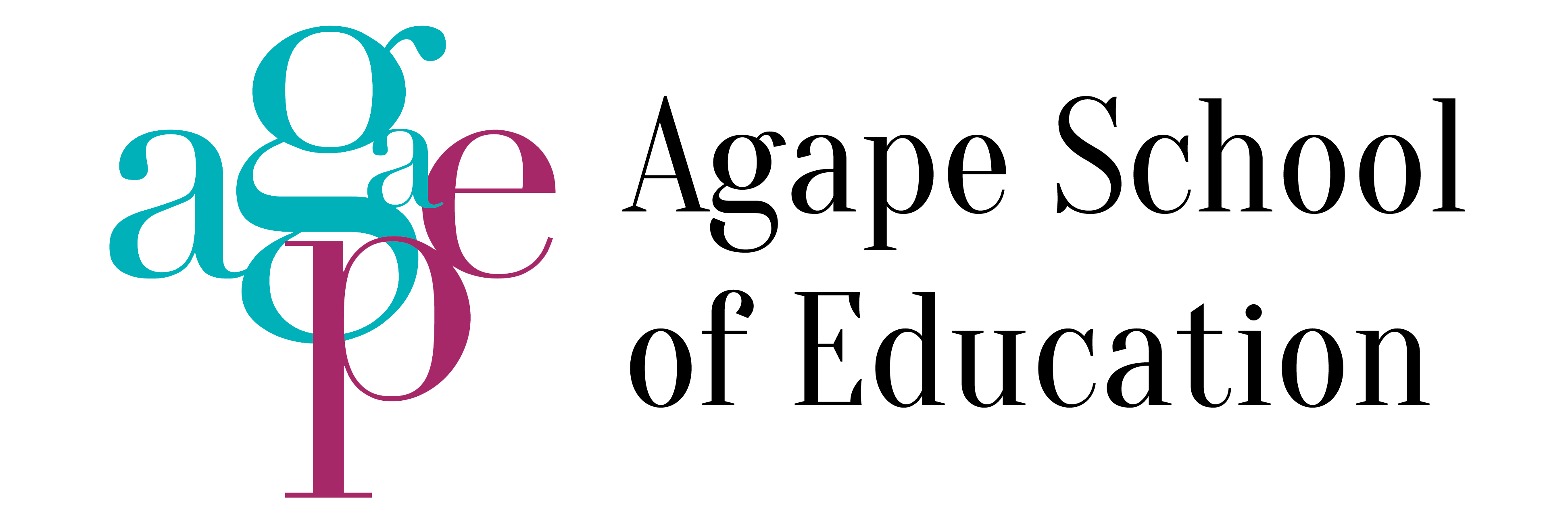As teacher’s day comes and goes again this year, let’s look at some of the big changes happening in Singapore’s education system. The Joy of Learning, UPLIFT, and the One Education System Many Subject Bands are key prongs of Singapore’s new “Learn for Life” Movement. This Movement represents a new phase of the education system, to better prepare Singaporeans for the future.
New PSLE Scoring
This year, the PSLE will be scored differently as we move away from PSLE T-Scores to Achievement Levels (ALs). This shift is meant to shift focus away from the examination-style culture to one that focuses on the learning journey. This is what the Agape School of Education (ASOE) has focused on for nearly 2 decades now. We have long believed that it is not about comparing two students against one another, but inspiring a joy for learning in the student. That’s why our motto is “A love of language”!
Achievement Levels
Under the new scoring system, each standard-level PSLE subject will be scored using eight AL bands. Each pupil will be given AL scores from 1 to 8 for each subject, instead of grades like A* to E.
This will not only change the way students apply for and get allocated to a secondary school, but also how they qualify to take up a Third Language. Under this new system, students will have to meet all three criteria to be eligible to apply for these language classes at the Ministry of Education Language Centre (MOELC):
| Foreign Languages (FL) (French, German, Japanese and Spanish) | Students must obtain a PSLE Score of 8 or better For Japanese, students must have taken CL/HCL at PSLE Students must be SC or SPR, or a child of a SC/SPR |
| Asian Languages (AsL) (Arabic and Bahasa Indonesia) | Students must obtain a PSLE Score of 24 or better For Bahasa Indonesia, students must not have offered ML/HML as their MTL at PSLE Students must be SC or SPR, or a child of a SC/SPR |
| Special Programmes (Malay Special Programme and Chinese Special Programme) | Students must obtain a PSLE Score of 24 or better For M(SP), students must not have offered ML/HML as their MTL at PSLE For C(SP), students must not have offered CL/HCL as their MTL at PSLE |
The role of teachers
What we are seeing is that the mentality of competing for ever higher scores in ever more tests and examinations is giving way to a new movement to take a balanced approach in teaching and assessments, and bring about greater joy of learning.
Inequality in Education
To reduce the inequality in education, we cannot take a top-down approach by capping top performers. Instead, we need to support students proportionately to their needs. One important initiative is the UPLIFT Scholarship, which when combined with the revised Direct School Admission system, provides an effective tool for secondary schools to admit a better mix of students from different backgrounds in a wise and judicious manner.
Why learning a third language needs to be a priority for Singaporeans
First, languages are generative skills, meaning language provides access to other knowledge and improves cognitive function. There is a significant body of neuroscience research which shows the difference between monolingual and bilingual students.
These differences can be visualised even at a very young age. One experiment showed that infants who are exposed to a monolingual environment are more likely to observe a person’s eyes when he is speaking; whereas a baby exposed to bilingual home environment will likely observe the person’s mouth, because the baby is trying to decipher which language he is speaking. While this is an interesting underlying mechanism, there is so much more at work here.
Languages engage many parts of the brain. Using neuroimaging, researchers have discovered that learning two languages can result in structural improvements in the brain, such as increases in Grey Matter density and White Matter integrity.
For example, Minister Ong Ye Kung commented that to him, English was like an algorithm – efficient, analytical and logical. Whereas Mandarin is based on logograms, and is more holistic and historical. However, he has drawn benefits from the language structures and applied them to his daily analytical problem solving.
The second benefit of multi-lingualism is its significant economic value. Over the years, familiarity with different cultures and languages has helped position Singapore as an important centre for investment and trade. In the coming decades, this will be even more important as Asia is the fastest growing economic region in the world. Knowing regional languages allow Singaporeans to access valuable business and employment opportunities, in our immediate region, in China and in India. Additionally, when they are older, multi-lingual students tend to acquire better executive function, such as being able to pay attention longer, multi-task, exercise high level thought, having an active working memory, etc.
Third, and even more crucial, language learning is central to a country’s cultural identity. The debate on the “Singapore Identity” will continue and there will always be supporters who believe that the still nascent Singapore identity should revolve around English, in the same way that the identity of Japan revolves around the Japanese language, and that of France revolves around French.
Our language policy – learning English plus a mother tongue language – is central to preserving this balance, and to nurture the Singaporean sense of self. By adhering to this spirit of balance and growth, a common Singaporean identity is developing gradually.
A 2015 paper by the University of Chicago’s Department of Psychology showed that bilingual children aged four to six were better able to put themselves in the shoes of people they are interacting with, and therefore they display greater empathy and communications skills. By ensuring our society is at least bilingual, we hope to create the basic blocks for protecting our own identity, tolerance.
Of course, there is still a ways to go with improving the tolerance and harmony in Singapore. While PM Lee may claim that we chose English as our first language to benefit the minorities, it is clear that being Singaporean has always necessitated learning more than one language. At the ASOE, we guide students in their language learning journeys across 13 different languages! As Singapore moves towards a more holistic education system, we at the ASOE are perfecting it! Contact us to find out more today!





0 Comments